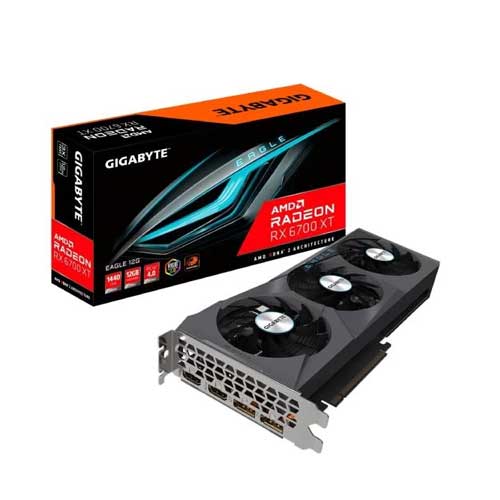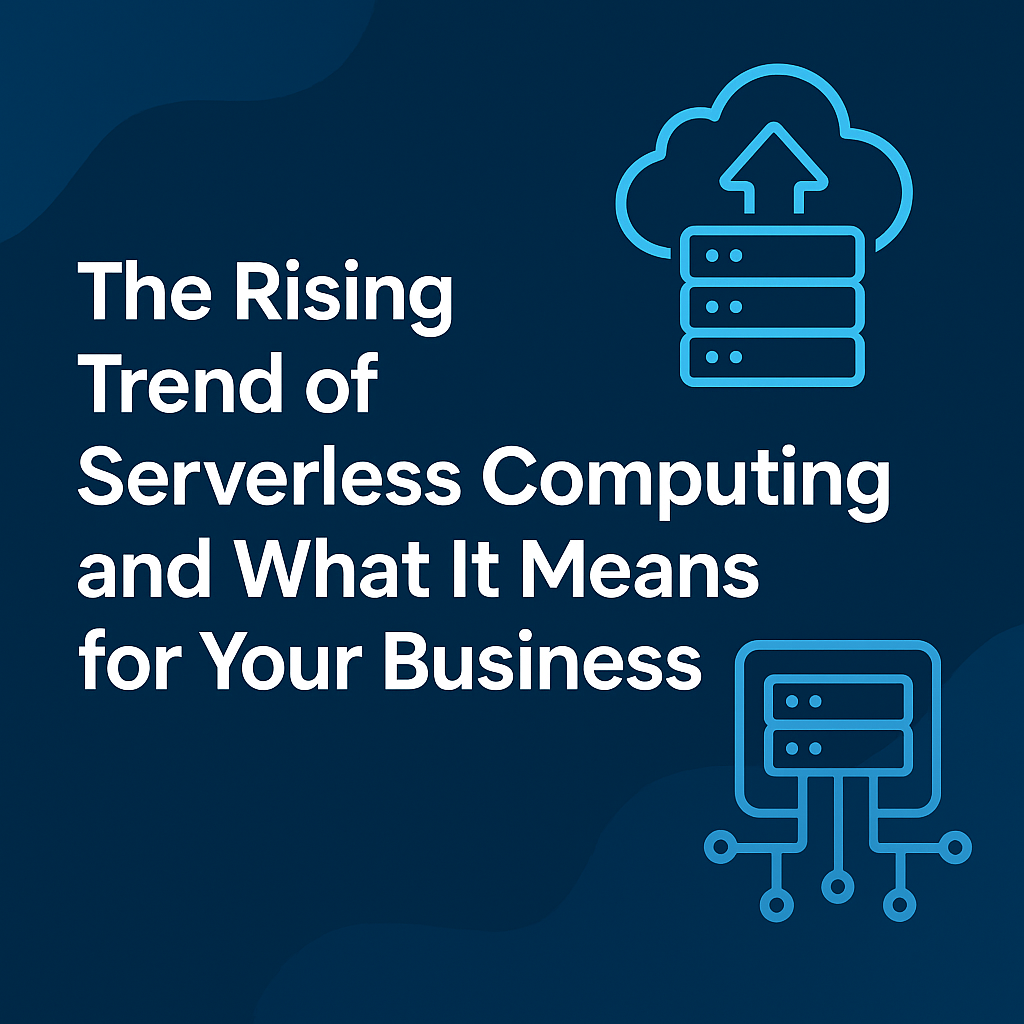
For small and mid-sized enterprises (SMEs), every business decision counts. With limited resources, lean teams, and fierce competition, SMEs need solutions that are agile, efficient, and cost-effective. One of the most critical areas of transformation in recent years has been IT infrastructure—and cloud hosting is at the center of it.
What used to require expensive hardware, complex configurations, and dedicated maintenance teams can now be accomplished in minutes using cloud hosting services. From spinning up a virtual server to launching a scalable web application, the cloud offers a level of flexibility that SMEs simply can’t afford to ignore.
But with flexibility comes complexity. Choosing the right cloud hosting approach—and implementing it correctly—requires a technical understanding of your business needs, your application's architecture, and how cloud-native tools work. This blog offers SMEs a complete, technical breakdown of everything they need to know to adopt cloud hosting with confidence.
☁️ What Is Cloud Hosting?
Cloud hosting is a way of delivering digital services—such as storage, compute power, and software—over the internet using infrastructure provided by cloud vendors like Amazon Web Services (AWS), Microsoft Azure, Google Cloud Platform (GCP), and others.
Unlike traditional physical hosting, which relies on dedicated hardware, cloud hosting uses virtualized environments. This allows you to allocate and scale resources as needed, only paying for what you use.
Core Types of Cloud Hosting Models:
-
Infrastructure as a Service (IaaS): You manage everything from the OS up (e.g., AWS EC2, Azure VMs).
-
Platform as a Service (PaaS): Provider manages OS, runtime, and middleware; you deploy apps (e.g., Heroku, Google App Engine).
-
Software as a Service (SaaS): Fully hosted applications like Google Workspace or HubSpot.
-
Serverless Hosting: Run event-driven code without managing servers (e.g., AWS Lambda).

🧱 Why Cloud Hosting Makes Sense for SMEs
1. Cost-Effective Entry
SMEs don’t need to invest in expensive hardware upfront. Cloud hosting works on a pay-as-you-go model, meaning you only pay for what you consume—no idle servers, no sunk costs.
2. Elastic Scaling
Your resources grow with your needs. Whether it’s a seasonal spike in traffic or a growing customer base, you can increase compute or storage with a few clicks—or even automate it.
3. Low Maintenance
With managed cloud hosting, the provider handles backups, updates, hardware failures, and security patches. This frees your IT staff (or single developer) to focus on product, not infrastructure.
4. Global Reach
Cloud platforms operate across global data centers. You can serve customers from multiple regions with low latency, using tools like Content Delivery Networks (CDNs) and replicated databases.
🧠 Technical Concepts SMEs Should Understand
Even if you’re not a large tech company, understanding these key building blocks will help you make informed infrastructure decisions.
Compute Options:
-
Virtual Machines (VMs): Traditional virtual servers where you manage the OS and software.
-
Containers (Docker, Kubernetes): Lightweight, portable environments ideal for microservices and CI/CD workflows.
-
Serverless Functions: Code that runs on-demand without provisioning infrastructure (great for APIs, background jobs).
Storage Types:
-
Block Storage (e.g., AWS EBS): Like a virtual hard drive—good for databases.
-
Object Storage (e.g., AWS S3, Azure Blob): Ideal for storing files, images, backups.
-
File Storage (e.g., EFS, Azure Files): Shared file systems for legacy applications.
Networking Essentials:
-
Virtual Private Cloud (VPC): Isolated cloud network where you define IP ranges and firewalls.
-
Load Balancers: Distribute traffic to prevent overload and downtime.
-
DNS and CDNs: For domain management and faster content delivery.
🔧 Step-by-Step Guide to Adopting Cloud Hosting
Let’s walk through how an SME might transition to the cloud:
Step 1: Choose the Right Provider
Evaluate pricing, performance, documentation, and support. AWS is the most feature-rich. Azure is strong with Microsoft integrations. GCP offers excellent analytics. DigitalOcean and Linode offer simpler interfaces for small teams.
Step 2: Set Up a Cloud Account and VPC
Start by defining a virtual network:
- Choose IP ranges and subnets
- Set up firewall rules and NAT gateways
- Isolate public and private services
Step 3: Launch Your Compute Resources
- Choose appropriate instance types (e.g., t3.micro for small workloads)
- Select OS (Linux or Windows)
- Use templates (images) to standardize deployments
Step 4: Set Up Storage and Backups
- Attach SSD-based block storage to your VM
- Store static files in object storage
- Automate backups using snapshots and lifecycle rules
Step 5: Harden Security
- Create IAM roles with least-privilege access
- Use SSH keys and MFA for user login
- Enable logging, monitoring, and alerts
Step 6: Deploy Applications
You can:
- Use Git-based CI/CD pipelines
- Automate deployments with Terraform, Ansible
- Host static sites on S3/CloudFront with zero backend

🔒 Security & Compliance Considerations
Security is a shared responsibility in the cloud:
- Provider's Responsibility: Physical security, hypervisor security, DDoS protection
- Your Responsibility: IAM policies, firewall rules, app-level encryption
Set up:
- Encryption: In-transit (HTTPS/TLS) and at rest (AES-256, KMS)
- Access Controls: IAM groups, key-based logins, MFA
- Logging and Monitoring: Use CloudTrail (AWS), Monitor (Azure), or Stackdriver (GCP)
📦 Scaling as You Grow
Startups and SMEs grow fast—your hosting needs to keep up.
Use Auto-Scaling:
Define thresholds for CPU/RAM. Automatically add/remove instances to match demand.
Enable Load Balancing:
Spread traffic across healthy nodes. Essential for uptime during peak times.
Switch to Managed Databases:
Let providers handle backups, updates, and replication with services like AWS RDS or Azure SQL.
💸 Managing Costs Efficiently
Cost can spiral if not managed. Here’s how to stay in control:
- Use Free Tiers (e.g., AWS offers 750 hours/month EC2 for 12 months)
- Set up budgets and alerts
- Use reserved instances or spot instances for predictable or flexible workloads
- Clean up unused resources (storage, IPs, test VMs)
Tools like AWS Cost Explorer, Azure Advisor, and GCP Billing Reports help visualize and optimize usage.
🧪 Real-World SME Use Case
Company: A Regional Logistics Platform
Challenge: Hosted on a slow shared server, frequent crashes, poor scalability.
Cloud Hosting Strategy:
- Migrated to DigitalOcean Droplets (simplified VMs)
- Deployed a containerized backend using Docker
- Used S3-compatible storage for scanned documents
- Configured load balancer and auto-backups
Results:
- Improved uptime from 92% to 99.97%
- Page load times reduced by 40%
- Scaled to support 3x users with minimal additional cost
📋 SME Cloud Hosting Benefits at a Glance
| Feature | Benefit |
|---|---|
| On-Demand Scalability | Adjust to traffic spikes automatically |
| Low Capital Investment | No upfront hardware needed |
| High Availability | Global redundancy and failover |
| Security Best Practices | Encryption, IAM, firewall controls |
| DevOps Friendly | CI/CD, containerization, automation |
| Cost Optimization Tools | Only pay for what you use |
| Managed Infrastructure | Focus on product, not server upkeep |
🎯 Conclusion: Start Smart, Scale Without Limits
For small and mid-sized enterprises, cloud hosting is no longer a futuristic concept—it's an essential business enabler. Whether you're a five-person startup or a growing mid-sized brand, cloud infrastructure levels the playing field, giving you access to the same robust, global technologies that power Fortune 500 companies.
But to truly benefit, you must go beyond just “moving to the cloud.” You need to understand your workloads, choose the right services, secure your environments, and optimize for cost and performance. The cloud is not just a place—it's a strategy.
Cloud hosting allows SMEs to:
-
Launch products faster without hardware bottlenecks.
-
Handle sudden surges in users or data without panic.
-
Pay only for what’s used, saving money that can be reinvested in growth.
-
Protect customer data and business continuity through built-in redundancy.
With careful planning, automation, and the right technical mindset, SMEs can build infrastructure that adapts as they evolve—ensuring they’re not just keeping up with change, but leading it.
“The cloud doesn’t just scale your infrastructure—it scales your potential.”














